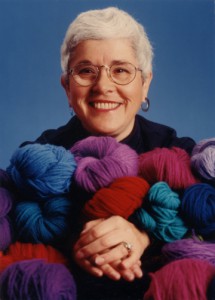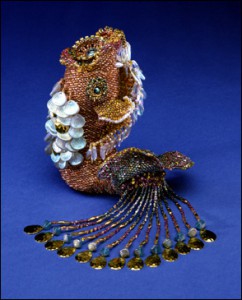My car is fourteen and one-half years old, give or take a few weeks. It has more than 142,000 miles on it.
I have since 2002 shared this car with my brother; when we bought it, we were both bachelors in Manhattan. These many years later, we still share it, transporting two families of four everywhere from Virginia to Maine, Pennsylvania and Massachusetts—and that was just in a one-month span earlier this summer.
The car drives younger than it is, thanks to an engine block replacement at 39,000 miles, and years of well-minded upkeep. Still, these last few months, the problems have been accumulating: a variety of leaks, vibrations, noises and odd smells that suggest the end is increasingly near.
It’s been a really good run, our time with this car. But it pales in comparison to the mainstay of the trunk: our father’s army blanket.
We have two such blankets, actually. They are remnants of Dad’s tenure in the Army Reserves in the late 1960s. Army green and heavy wool, with an unassuming “U.S.” on one side, they look and feel pretty much as you’d expect, and in true 20th-century American fashion, they were built to last.
For decades now, they’ve been part of our lives. I have distinct memories of the army blankets spread out on vacations and July Fourth fireworks displays as a kid. Nowadays they come in handy at the beach, and for the occasional picnic or event in the park. I’m not sure they’ve ever been washed in 50 years, but they’re so hardy, I suspect they don’t even need it.
Those uses suggest that the army blanket was often in the trunk of a car. So when I got my license as a teenager, I claimed one. It followed me to college, where it most memorably came in handy during a three-week deep freeze, where my car, literally iced into its parking space, finally found some traction with the blanket wedged between a rear tire and the compacted snow beneath.
From there, the army blanket took up more or less permanent residence in my car. For awhile, my brother and I each had a car, and a low-grade, three-way trunk tussle ensued between the two of us and our parents. “Do you have the army blanket?” “I need the blanket.” “Where’s the other blanket?”
We stumbled onto a perfect solution when we decided to share a car. Got the keys, figured out the stereo, threw the army blanket in the trunk, and away we went. We only use it a handful of times each year, but at this point, it just belongs there.
When our car finally goes, my brother and I are considering each getting our own. It’s time. Yet I’m going to miss sharing with him, for a host of reasons, including the efficiency of the situation (I don’t need a car full-time) and the many, many conversations that have started with the email subject, “Car.” And we’re going to have a heck of a time figuring out whose trunk gets blessed with our army blanket’s presence.
Update: We have new cars, and I have the army blanket tucked away in ours. (Thanks for not protesting, Jeff.) Also, I washed it. It smells clean.

 Ina was immensely talented in a variety of physical media. Her “Adon Livyatan”
Ina was immensely talented in a variety of physical media. Her “Adon Livyatan” I also make the occasional call on it, which has worked well every single time, whether freeing my hands around the house or allowing me to answer the phone with minimal distraction while driving. The speaker is quiet but serviceable; the microphone has yet to prompt someone to ask me if I’m on my watch and not my phone. The Dick Tracy gimmick has proved to be useful, nerdy and delightful all at once.
I also make the occasional call on it, which has worked well every single time, whether freeing my hands around the house or allowing me to answer the phone with minimal distraction while driving. The speaker is quiet but serviceable; the microphone has yet to prompt someone to ask me if I’m on my watch and not my phone. The Dick Tracy gimmick has proved to be useful, nerdy and delightful all at once.